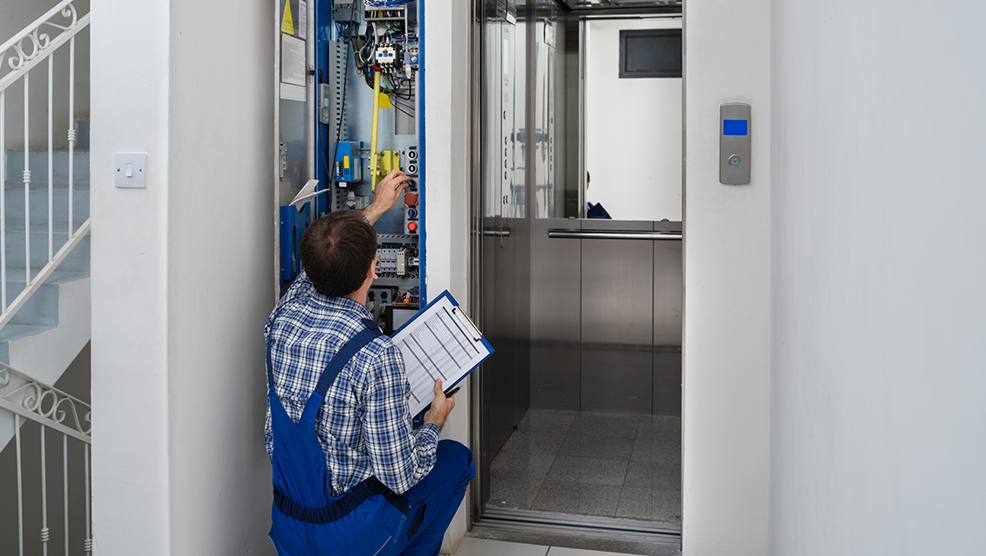Elevators are an essential part of modern buildings, providing a convenient way for people to move between floors. However, like any mechanical system, elevators require regular maintenance to ensure they operate safely and efficiently. Regular elevator maintenance services are crucial for the safety of building occupants and the smooth functioning of the elevator system. In this article, we will explore the importance of regular elevator maintenance services and why building owners and managers should prioritize them.
Safety
Safety is the most important reason why regular elevator maintenance services are essential. Elevators are responsible for transporting people and goods between multiple floors, and any malfunction can result in accidents and injuries. Regular maintenance helps identify and address potential issues before they become major problems, reducing the risk of accidents and ensuring the safety of building occupants.
Benefits of regular elevator maintenance for safety:
- Prevents sudden breakdowns that can lead to entrapment of passengers
- Ensures that safety features such as emergency brakes and alarms are functioning properly
- Identifies and addresses issues like worn-out cables or faulty doors that can pose safety risks
- Complies with safety regulations and codes to avoid fines and penalties
Reliability
Regular elevator maintenance services help improve the reliability of the elevator system. By conducting routine inspections and servicing, technicians can identify and fix issues that could cause the elevator to break down or perform poorly. A reliable elevator system ensures that building occupants can move between floors smoothly and without delays.
Benefits of regular elevator maintenance for reliability:
- Reduces the frequency of breakdowns and service interruptions
- Increases the lifespan of elevator components and systems
- Improves the overall performance of the elevator system
- Minimizes downtime for repairs, saving time and money for building owners
Cost Savings
While investing in regular elevator maintenance services may seem like an added expense, it can actually help building owners save money in the long run. By identifying and addressing issues early on, maintenance technicians can prevent major breakdowns that may require costly repairs or replacements. Regular maintenance can also help improve energy efficiency and reduce operational costs.
Benefits of regular elevator maintenance for cost savings:
- Avoids expensive emergency repairs by addressing issues proactively
- Extends the lifespan of elevator components, reducing replacement costs
- Improves energy efficiency, leading to lower utility bills
- Enhances the overall value of the building by maintaining a well-functioning elevator system
Compliance
Building owners and managers have a legal obligation to ensure that their elevators meet safety regulations and codes. Regular elevator maintenance services help ensure compliance with these regulations by keeping the elevator system in good working condition. Failure to comply with safety regulations can result in fines, penalties, or even legal consequences.
Benefits of regular elevator maintenance for compliance:
- Meets safety regulations and codes set by regulatory authorities
- Reduces the risk of accidents and liability issues for building owners
- Ensures that the elevator system is up to date with the latest safety standards
- Provides documentation of maintenance activities for inspection purposes
Enhanced User Experience
A well-maintained elevator system contributes to a positive user experience for building occupants and visitors. A reliable and efficient elevator system helps people move between floors quickly and comfortably, improving accessibility and convenience within the building. Regular maintenance services help prevent disruptions and ensure a smooth elevator operation.
Benefits of regular elevator maintenance for user experience:
- Enhances the convenience and accessibility of the building for occupants
- Reduces wait times and travel times for elevator users
- Creates a positive impression of the building for visitors and tenants
- Increases satisfaction and comfort for people using the elevator


